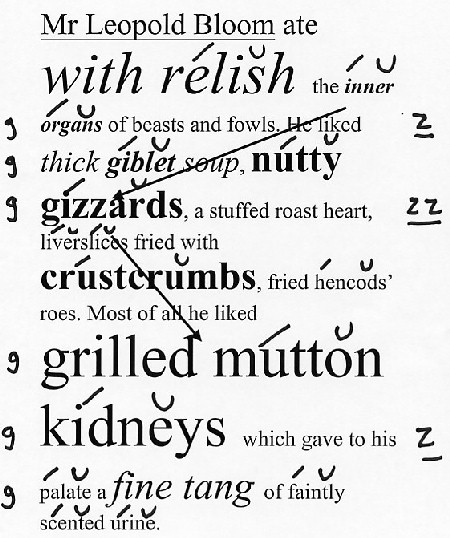The note about burial customs (and a conversation with my girlfriend this weekend about the oddity of putting people in the ground) sent me to the Catholic Encyclopedia online. After wading through the 18 pages, I can offer you these highlights and points of interest.
1) Every man is free to choose his burial ground. If he dies without stating his choice, he is to be buried in the ground of his parish.
2) Originally no fee could be exacted for burial without simony (the buying or selling of a church office or ecclesiastical preferment).
3) Only baptized persons can have a Christian burial. The following are to be excluded: pagans, Jews, infidels, heretics, schismatics, apostates, those excommunicated, those who commit suicide (see Ophelia’s burial), those who have been killed in a duel (I swear it says it), notorious sinners who die without repentance, those who hold sacraments in contempt, and monks and nuns who are found in the possession of money of valuables.
4) The above rule has become more lenient over time; the bishop can decide if an exception can be made.
5) An interval should be observed after the death to ensure the person is really dead.
6) There are no special prayers associated with the washing of the corpse.
7) The clergy must be buried in their ecclesiastical costume.
8) When the body is taken to the church, a bell is to be tolled (this tolling is absent in the burial of a child—instead there should be joyous peals or no bell at all).
9) The feet of a layman’s corpse are to be turned toward the altar; alternately, a priest’s head should face the altar.
10) Several readings are to occur at the mass, including readings from the Book of Job (the sufferering of man’s lot is contrasted with the unalterable trust in God).
11) If one is buried on a Holy Day, then mass need not be said.
12) There is no kiss of peace at the funeral mass.
The absolution follows the mass and should never be omitted. "O
God, Whose attribute it is always to have mercy and to spare, we humbly present our prayers to Thee for the soul of Thy servant N. which Thou has this day called out of this world, beseeching Thee not to deliver it into the hands of the enemy, nor to forget it for ever, but to command Thy holy
angels to receive it, and to bear it into paradise; that as it has believed and hoped in Thee it may be delivered from the pains of
hell and inherit eternal life through Christ our Lord. Amen."
13) The body is then carried to the grave in a procession.
14) The final petition is "May his soul and the souls of all the faithful departed through the mercy of
God rest in peace."
15) At a child’s funeral, all should wear white, including the priest.
16) Children are to be born in a special section of the cemetery.
17) The special prayer for children is "Almighty and most compassionate
God, Who upon all little children that have been born again in the fountain of Baptism, when they leave this world without any merits of their own, straightway bestowest everlasting life, as we believe that Thou has this day done to the soul of this little one, grant we beseech Thee, O Lord, by the intercession of Blessed Mary ever Virgin and of all Thy saints, that we also may serve Thee with pure hearts here below and may consort eternally with these blessed little ones in paradise, Through Christ our Lord, Amen."
18) A cross without a handle is carried to symbolize an incomplete life.
This information (and much, much more) can be found at http://www.newadvent.org/cathen/03071a.htm.

